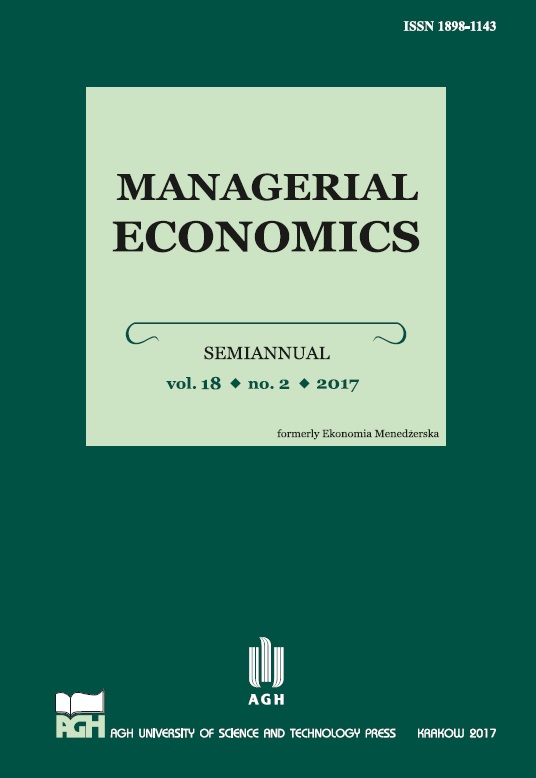Exploring relative instances of exposure in equilibrium of migration processes based on population characteristics
DOI:
https://doi.org/10.7494/manage.2017.18.2.183Abstract
Cybernetic states of law try to plan each activity – especially migration issues. The planning process has the following question originating in socio-cybernetics in its core: Where can it be assumed that the population characteristics are higher/lower than rational? The planning levels can be different: from the continent or country levels via statistic regions or micro-regions to settlements (even at the street and house levels). Parallel to the aggregation like population density (or annual growth rate), models can also be developed for arbitrary layers of demographical statistics, like the required ratio of males and females in different age-groups and/or education categories, etc. The models can analyze time-periods (e.g., years, time intervals) to ensure that dynamic processes will not actually be covered through static evaluation. The necessary data asset (a kind of Big Data) is given by OECD/EUROSTAT, for example The questions and data assets are well-known. The modeling methodology consists of potential know-how: through estimations of staircase functions in the framework of online similarity analyses, regional norm values can be derived for targeted population characteristics. Therefore, the European strategy concerning the integration of massive volumes of migrants can be supported in an objective way. Analogue analyses with the same methodology have already been derived for parts of Germany and Hungary. Similarity analysis is an artificial intelligence-based approach with its own consistence-oriented quality assurance layers. The data-driven policy creation needs methodologies where ob-jectivity is provided through optimization in the modeling based on arbitrary phenomena. The modeling philosophy should try to ensure a kind of regional multi-layered equilibrium (sustainability, cf. Kazohinia). The outlined methodology can be seen as a sort of automated SWOT analysis where each conclusion will be derived from the raw statistics in a direct way – without the risk of human subjectivity intervening in the process. The modeling spectrum consists of three levels: (1) Explorative modeling is able to derive basic characteristics for ceteris paribus perspectives through the complex functions. The standard analytical potential works with ceteris paribus parameters, based on the appropriate literature sources. (2) Anti-discriminative modeling is capable of deriving ranks for objects without an actual learning pattern, for the so-called production functions. (3) A cybernetic state of law should be able to have robot-planning values supporting human decision processes. Therefore, 'freedom of press' is basically the capability to explore and publish objective force fields and not to catalyze the spread of subjective evaluations.Downloads
Download data is not yet available.
Downloads
Published
2018-03-27
Issue
Section
Articles
License
Download, sign, scan and attach copyright statement form.
How to Cite
Pitlik, L., Kollár, P., Fülöp, Z., & Madarász, I. (2018). Exploring relative instances of exposure in equilibrium of migration processes based on population characteristics. Managerial Economics, 18(2), 183. https://doi.org/10.7494/manage.2017.18.2.183

